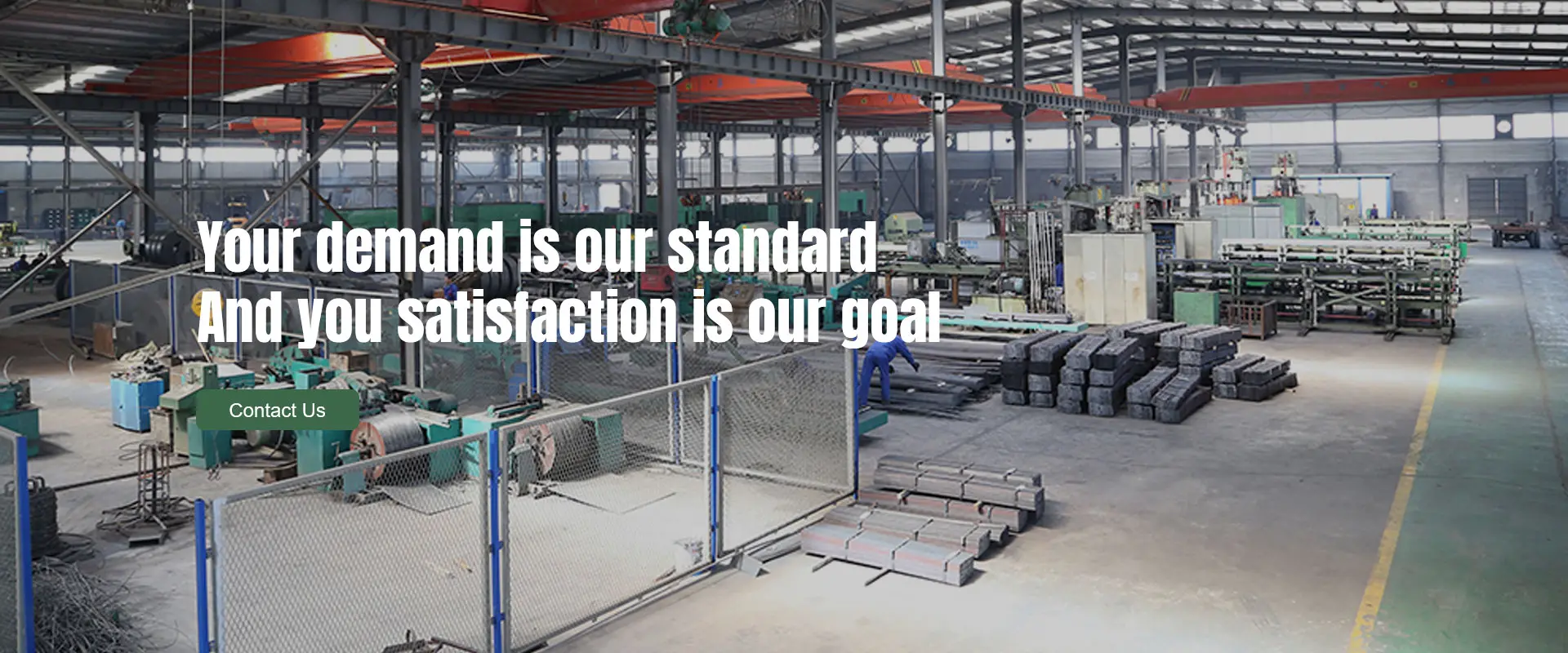Understanding Steel Safety Grating An Essential Component for Safety and Durability
Steel safety grating is an essential industrial product, widely utilized in various applications due to its unique properties and benefits. With an emphasis on safety, durability, and efficiency, steel safety grating is a preferred choice for many industries, including manufacturing, construction, and infrastructure.
What is Steel Safety Grating?
Steel safety grating refers to a grid-like structure made from steel, designed to provide a robust surface for walking, working, or supporting equipment. It is typically constructed from carbon steel or stainless steel, and is characterized by its open design, which allows for water drainage and airflow, minimizing the risk of accumulation of debris, water, or slippery substances.
The most common types of steel safety grating include welded, swaged, and press-locked grating, each designed to meet specific load and safety requirements. The open area in the grating not only enhances visibility but also reduces the weight of the material, making transportation and installation more manageable.
Benefits of Steel Safety Grating
1. Safety The grating design provides excellent traction, significantly reducing the chances of slips and falls, especially in wet or oily conditions. This is particularly important in industrial settings where worker safety is a primary concern.
2. Durability Steel safety grating is known for its strength and resilience. It can withstand heavy loads, harsh weather conditions, and chemical exposure, making it suitable for both indoor and outdoor environments. Furthermore, galvanized or stainless steel options provide additional corrosion resistance, prolonging the lifespan of the grating.
steel safety grating

3. Low Maintenance Due to its durable nature, steel safety grating requires minimal maintenance. Regular inspections and cleaning are typically sufficient to keep it in good working condition, ultimately saving time and costs associated with extensive upkeep.
4. Cost-Effective While the initial investment in steel safety grating may be higher compared to alternative materials, its longevity and low maintenance needs make it a cost-effective solution in the long run. Organizations can benefit from reduced replacement costs and fewer safety incidents.
5. Versatility Steel safety grating is incredibly versatile and can be customized to fit various applications, including walkways, platforms, trench covers, and steps. Its adaptability makes it suitable for environments ranging from factories and warehouses to municipal buildings and bridges.
Applications of Steel Safety Grating
Steel safety grating is used across numerous sectors. In industrial settings, it serves as flooring for elevated walkways, stairs, and platforms, ensuring worker safety. In wastewater treatment plants, the grating allows for effective drainage while providing access for maintenance personnel. Additionally, in commercial and retail spaces, it can be utilized for aesthetic purposes, creating visually appealing flooring options that also prioritize safety.
Conclusion
In conclusion, steel safety grating plays a critical role in enhancing safety, efficiency, and durability across various applications. Its unique features, such as traction, strength, and low maintenance, make it an invaluable component in many industries. As businesses continue to prioritize safety and operational efficiency, investing in high-quality steel safety grating will undoubtedly remain a fundamental concern for both manufacturers and employers alike. By choosing steel safety grating, organizations not only protect their workforce but also contribute to creating a safer and more productive work environment.
-
Why Galvanized Trench Cover Steel Grating Resists Corrosion
NewsJul.10,2025
-
The Versatility and Strength of Stainless Expanded Metal Mesh
NewsJul.10,2025
-
Load Calculations in Steel Grating Platforms
NewsJul.10,2025
-
Keeping Pets and Kids Safe with Chicken Wire Deck Railing
NewsJul.10,2025
-
Hole Diameter and Pitch for Round Perforated Metal Sheets
NewsJul.10,2025
-
Aluminium Diamond Mesh in Modern Architecture
NewsJul.10,2025
Subscribe now!
Stay up to date with the latest on Fry Steeland industry news.

